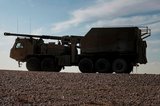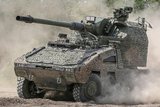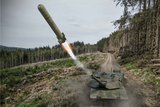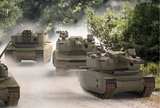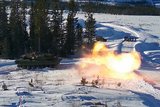SEA has reported the findings of its four-year research programme into assisted engagement technologies for the future battlefield.
Under the Delivering Dismounted Effect research programme, SEA worked with the UK’s Defence Science and Technology Laboratory to investigate how technologies such as augmented reality (AR) can be used to enhance the effectiveness of future soldiers in detecting, acquiring and engaging targets.
The research focussed on a range of technology concepts which may help soldiers to defeat a target more effectively, acting either as an individual or as a team. ‘Assisted’ and ‘collaborative’ engagement concepts involved provision of AR overlays onto the sight picture and/or head-up display.
The aim was to help cue the soldier onto targets more effectively, and to provide support for identification and acquisition of targets. Support for the engage task was investigated using a technology known as ‘coincident firing’, which suppresses shot release until the soldier’s weapon system is on target.
These technology concepts have the potential to significantly enhance engagement performance, but challenges remain.
SEA’s human factors lead, Russell Bond, said: ‘Ensuring that information presentation is optimally aligned with the needs of the soldier at any given time within a highly dynamic operational situation is a significant challenge. It is essential that the user retains a degree of control over what is presented and when, and that they understand any technical limitations the system may have.’
‘Our conclusion was that utilising these kind of technologies could be a potential game changer but there are still a range of outstanding questions. These can only be addressed by exploring the use of these technology concepts under more representative conditions.’







